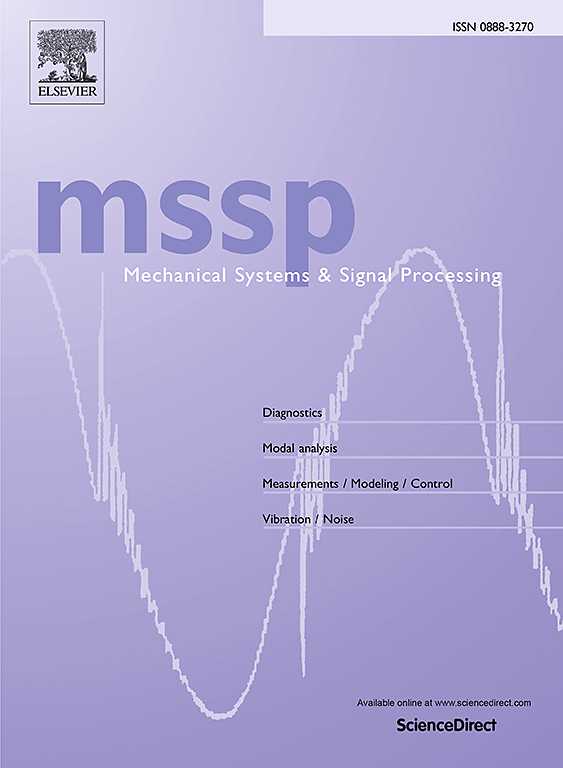Series gravity-based track nonlinear energy Sinks: Design and experiment
IF 7.9
1区 工程技术
Q1 ENGINEERING, MECHANICAL
引用次数: 0
Abstract
How to improve the robustness of nonlinear energy sinks (NES) to excitation strength is always a challenging issue in the design of NES. This paper combines the gravity-based track NES (GT-NES) with the two-degree-of-freedom (2DOF) series design strategy and proposes a 2DOF series gravity-based track NES (SGT-NES) to increase the robustness of excitation and achieve a large parameter selection range. For the single-degree-of-freedom system, the vibration reduction dynamic model of SGT-NES, series NES, and GT-NES is established. Through dynamic analysis, the influence of parameters on the vibration reduction of SGT-NES is studied and verified by numerical simulation. In addition, the vibration reduction performance of SGT-NES, series NES, and GT-NES is compared. The results show that SGT-NES can achieve effective vibration reduction in a wider parameter range. Moreover, SGT-NES can maintain a large parameter range without frequency islands. Therefore, SGT-NES exhibits a stronger adaptability to excitation strength. A two-degree-of-freedom SGT-NES prototype is designed. The vibration reduction of SGT-NES and its parameter influence trend are verified by experiments. Therefore, this research proposes an effective device with a wide range of parameter adaptability for engineering vibration control.

求助全文
约1分钟内获得全文
求助全文
来源期刊

Mechanical Systems and Signal Processing
工程技术-工程:机械
CiteScore
14.80
自引率
13.10%
发文量
1183
审稿时长
5.4 months
期刊介绍:
Journal Name: Mechanical Systems and Signal Processing (MSSP)
Interdisciplinary Focus:
Mechanical, Aerospace, and Civil Engineering
Purpose:Reporting scientific advancements of the highest quality
Arising from new techniques in sensing, instrumentation, signal processing, modelling, and control of dynamic systems
 求助内容:
求助内容: 应助结果提醒方式:
应助结果提醒方式:


